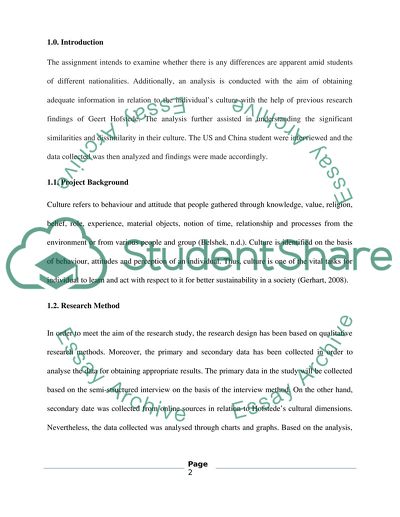Cite this document
(Culture and Global Communication Assignment Example | Topics and Well Written Essays - 2000 words, n.d.)
Culture and Global Communication Assignment Example | Topics and Well Written Essays - 2000 words. Retrieved from https://studentshare.org/sociology/1844603-global-communication-examine-whether-cultural-dimensions-and-cultural-differences-are-apparentdeterminable-amongst-students-of-different-nationalities
Culture and Global Communication Assignment Example | Topics and Well Written Essays - 2000 words. Retrieved from https://studentshare.org/sociology/1844603-global-communication-examine-whether-cultural-dimensions-and-cultural-differences-are-apparentdeterminable-amongst-students-of-different-nationalities
(Culture and Global Communication Assignment Example | Topics and Well Written Essays - 2000 Words)
Culture and Global Communication Assignment Example | Topics and Well Written Essays - 2000 Words. https://studentshare.org/sociology/1844603-global-communication-examine-whether-cultural-dimensions-and-cultural-differences-are-apparentdeterminable-amongst-students-of-different-nationalities.
Culture and Global Communication Assignment Example | Topics and Well Written Essays - 2000 Words. https://studentshare.org/sociology/1844603-global-communication-examine-whether-cultural-dimensions-and-cultural-differences-are-apparentdeterminable-amongst-students-of-different-nationalities.
“Culture and Global Communication Assignment Example | Topics and Well Written Essays - 2000 Words”, n.d. https://studentshare.org/sociology/1844603-global-communication-examine-whether-cultural-dimensions-and-cultural-differences-are-apparentdeterminable-amongst-students-of-different-nationalities.


